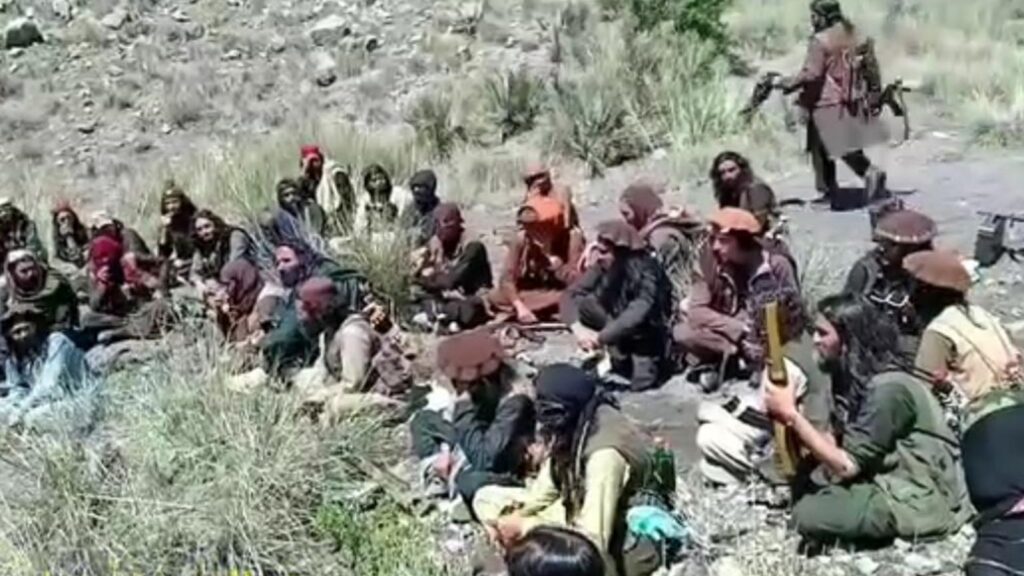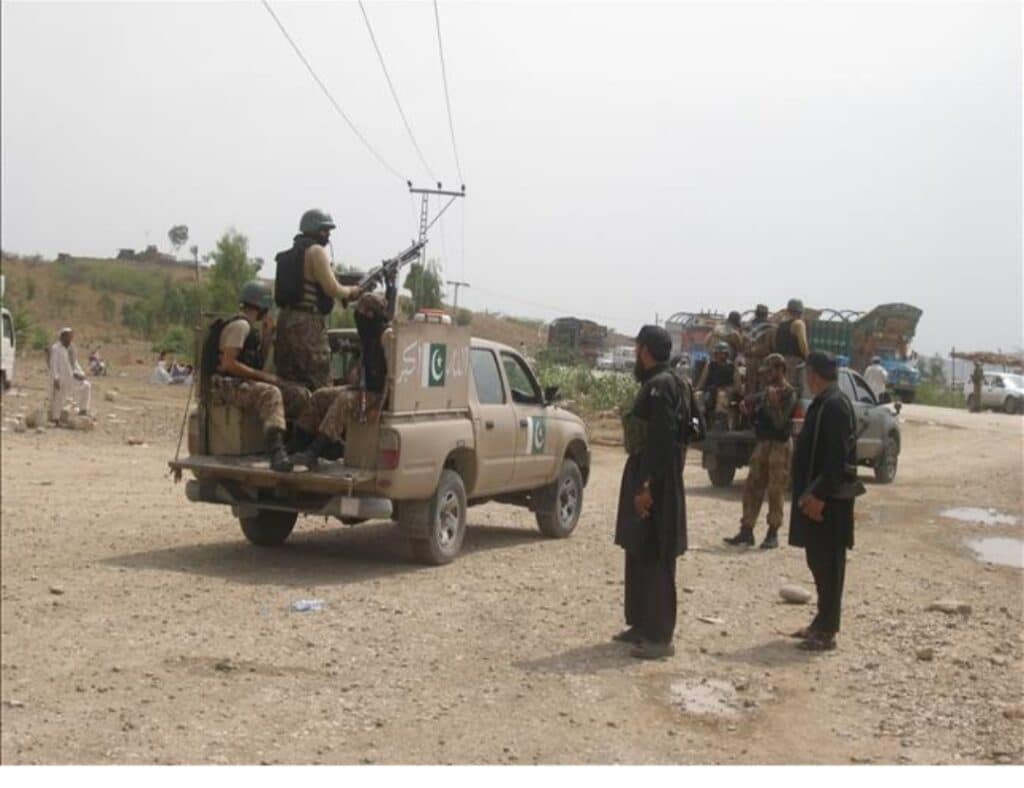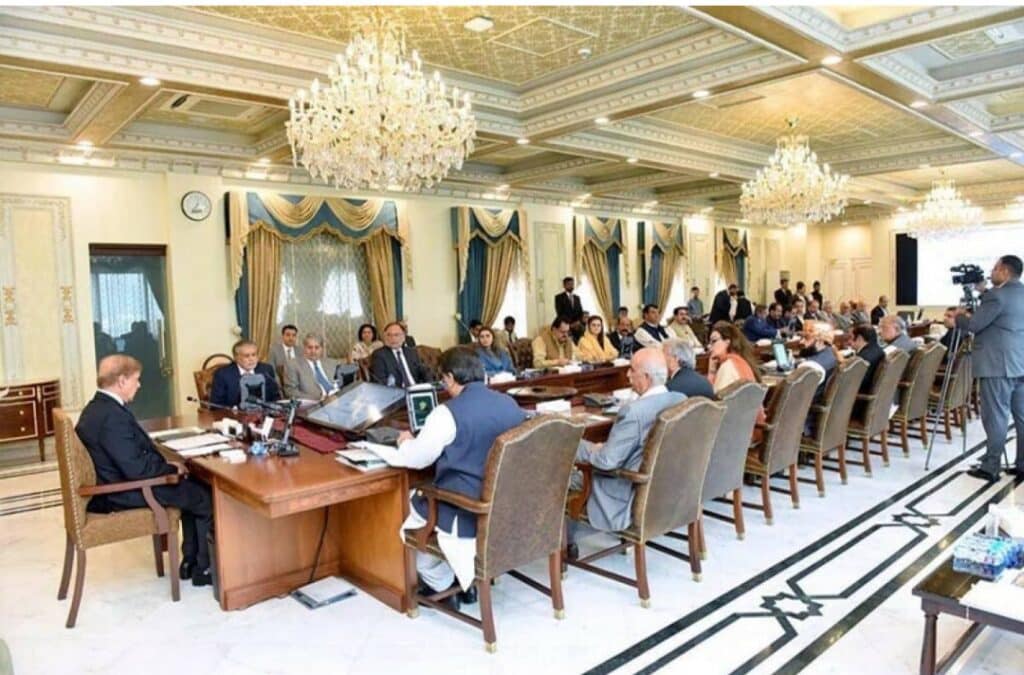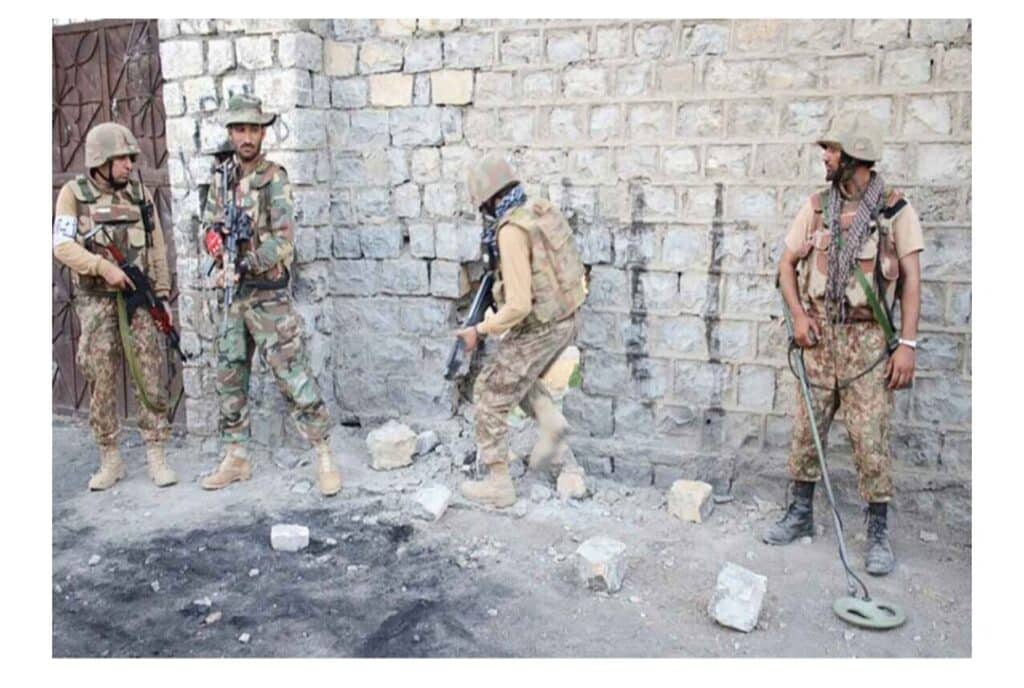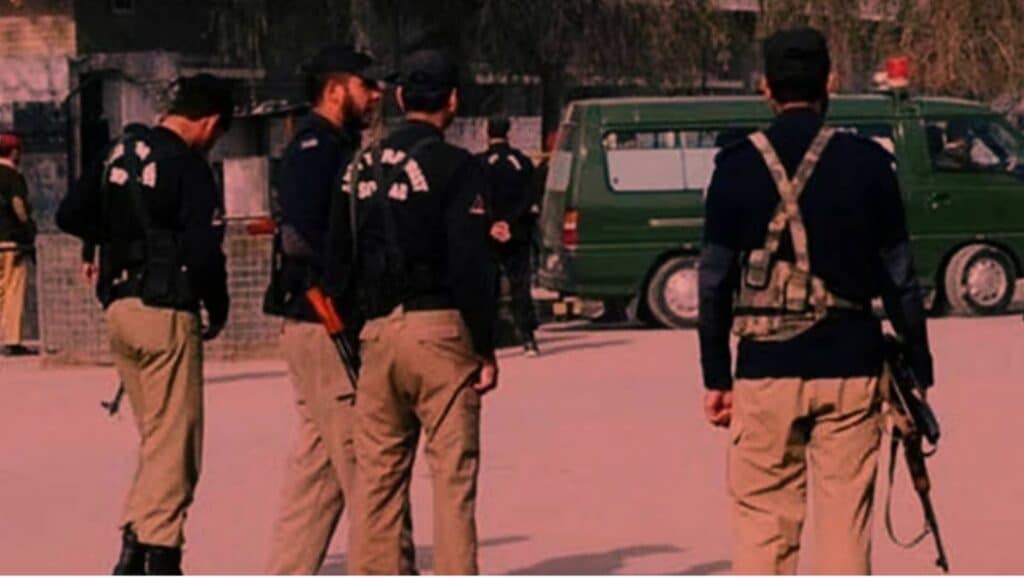Militant dynamics in Pakistan’s tribal belt are taking another turn—but this time, it may signal desperation more than strength. Recent developments suggest that the Tehrik-i-Taliban Pakistan (TTP) is seeking closer alignment with the Hafiz Gul Bahadur group. While some interpret this as a tactical consolidation, analysts say it reflects growing internal disunity and declining influence on both sides.
The TTP has been under pressure for months. Its command structure has faced serious fractures, especially after the killing of key commanders and rising dissent from within. Infighting over leadership, resource allocation, and ideological disagreements has crippled its once cohesive force. Field reports indicate that several splinter groups are refusing to operate under central TTP orders.
At the same time, the Hafiz Gul Bahadur group, once a dominant actor in North Waziristan, has suffered significant losses—both militarily and in terms of public support. Once viewed as a strategic player in the tribal region, it has gradually faded into near irrelevance. Its fighters have been either driven underground or have defected to other groups due to internal leadership disputes.
Now, as both groups attempt to revive their influence, a potential merger is being explored. But this move appears less a sign of strategic growth and more a measure of survival. According to intelligence assessments, this possible alignment is not the result of ideological unity, but rather mutual necessity due to weakening structures, manpower shortages, and increasing isolation.
Such a merger also risks creating further chaos within their ranks. The TTP’s leadership has already faced backlash from factions unhappy with recent decisions. Adding another group with its own command and agenda could lead to power struggles, mistrust, and conflicting strategies.
Security experts warn that while a merger may temporarily amplify operational coordination, it is unlikely to overcome the deep-rooted rivalries and ideological fractures between the two camps. History shows that forced alliances between militant factions often end in betrayal, splinters, and violent internal conflict.
Furthermore, the local population in former tribal regions has grown increasingly hostile to both groups, especially after years of instability, displacement, and violence. There is little to no grassroots support for their reemergence. Any effort to consolidate forces will likely face resistance not just from the state but from local communities as well.

